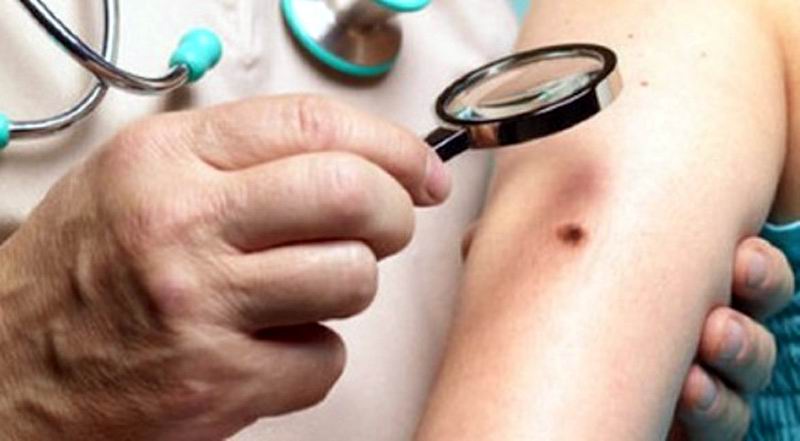Holguín vigilant in the early detection of leprosy
- Written by Redacción ¡ahora!
- Published in Health
- Hits: 1435

Although since 1993, with the reduction in Cuba of the prevalence rate of leprosy to 0.79 per 10 thousand inhabitants, the elimination of this disease as a health problem was achieved, new cases are reported each year.
Since the first years of the Triumph of the Revolution in 1962, the Program to control this disease has been implemented in the Island.
According to the head of the Leprosy Program in the province of Holguín, Dr. Yuniesky Cruz González, “this is a chronic infectious disease that mainly affects the skin, peripheral nerves and mucosa of the upper respiratory tract. It is a curable and once the sick person begins treatment, they do not infect other people and early diagnosis prevents the appearance of disabilities."
In Holguín, the behavior of the disease is similar to that of the rest of the country, although in the last five years, 10 of the 14 municipalities have reported cases of leprosy.
According to statistical data, at the end of 2023 seven cases were reported in the territory, where the highest prevalence rates were found in the municiplaities of Cueto, Gibara, Urbano Noris and Mayarí. The cases detected were clinically multibacillary leprosy patients over 15 years of age. Of them, five were diagnosed early, which represents 71.4 percent.
Cruz González explained that due to this, it is necessary to maintain clinical epidemiological thinking in the face of suspicious symptoms and signs of the disease to guarantee an early diagnosis and avoid disabilities.
“With this purpose, the Provincial Leprosy Group made up of a multidisciplinary team of specialties was created at the Lucía Íñiguez Landín clinical surgical hospital, where suspected morbidity in the province is discussed. Here, the diagnosis and treatment scheme are defined according to the clinical form of the disease and clinical-epidemiological follow-up is given to patients who do not have an adequate response to treatment.
Once the case is diagnosed, focus control actions are carried out and the patient’s treatment is completely free, controlled, based on multi-drug therapy.
The clinical epidemiological study includes a dermatoneurological examination of the contacts of the patient, carried out in the first 30 days of being diagnosed, and the patient’s treatment with chemoprophylaxis with Rifampicin single dose, followed by the clinical and dermatological monitoring for a five years period.
So timely and appropriate treatment of leprosy can prevent the progression of the disease and reduce the risk of permanent disabilities, such as loss of sensation in the extremities, deformities and visual impairment.
Adequate management of leprosy not only includes medical treatment, but also psychosocial support, rehabilitation and social integration of patients, a way to improve their quality of life and contribute to their emotional well-being. (Source: Infomed and Radio Angulo)
Translated by !ahora!
